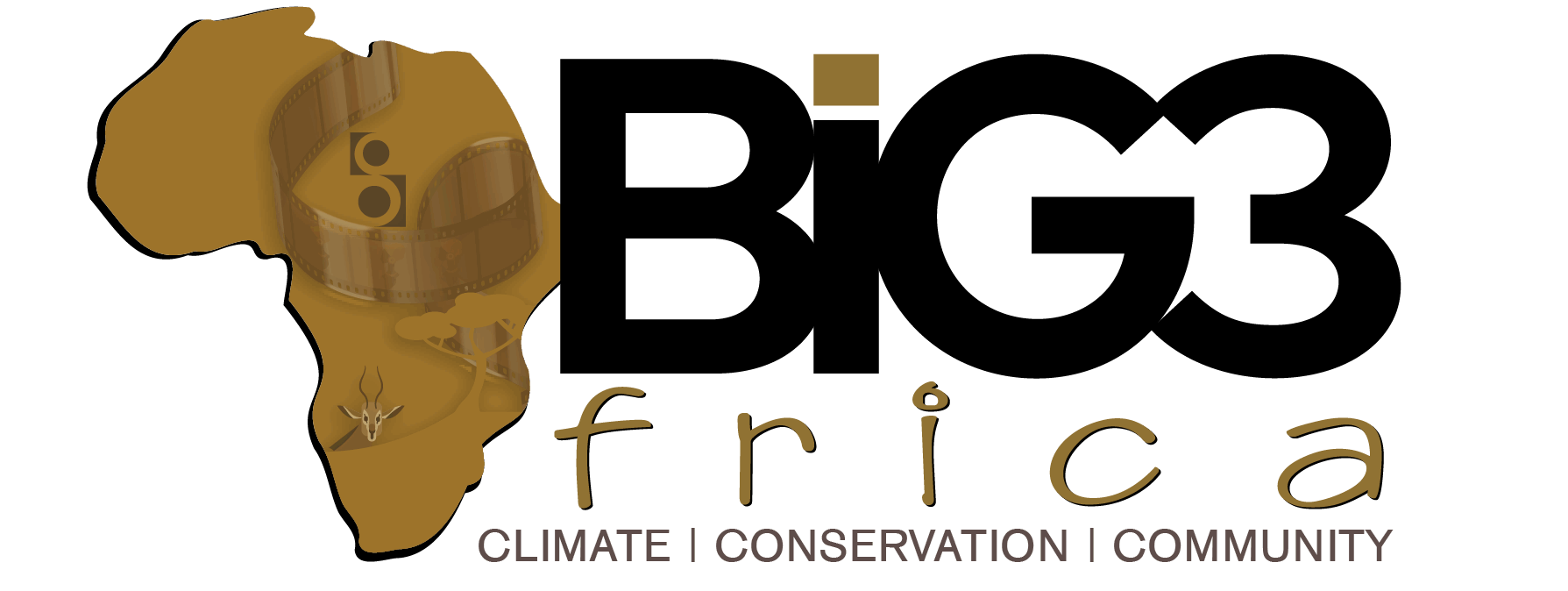Extreme weather events and the impacts of climate change are greatly affecting every facet of socio-economic development across Africa. The United Nations World Meteorological Organization (WMO) in “State of the Climate in Africa 2024 Report,” released on Monday, indicates that these disruptions are undermining agricultural productivity and energy supplies, worsening food and water insecurity, and risking the health and education of millions.
Highlighting Africa’s particular vulnerability to the warming planet, WMO said that floods, heatwaves, and droughts forced thousands out of their homes across the continent last year. A report by the Internal Displacement Monitoring Centre published in November 2024 showed that these weather events are driving increasing displacement across the continent, with the number of internally displaced people now six times higher than 15 years ago.

Another report by the Center for Global Development (CGD) warns that more than 200 million people across Africa could face extreme hunger and undernourishment in the long run as extreme weather events impact crop yields and farmland value. It indicated that droughts are likely going to push more than 50 million people into water distress, while agricultural production in Africa could experience losses of up to 2.9% by 2030 and 18% by mid-century, while the value of farmland is expected to drop between 36% and 61%.
According to the WMO report, between March and May 2024, floods and landslides triggered by exceptional rainfall killed hundreds of people and displaced more than 700,000 in Kenya, Tanzania, Burundi, and other parts of East Africa.
Further to this in the month of May, East Africa experienced a first-of-its-kind cyclone that brought more torrential rain and high-speed winds to the already heavily battered region, resulting in further casualties and displacements. Conversely, the same region received less than average rainfall between October and December, raising food security concerns.
In southern Africa, widespread and prolonged drought conditions led to the worst electricity blackouts in living memory in Zambia in October, with neighboring Zimbabwe and Malawi also badly affected. In Lake Kariba, the world’s largest artificial lake located along the border between Zambia and Zimbabwe, waters last year reached critically low levels, affecting hydroelectric power generation and triggering prolonged blackouts and economic disruptions.

The aggregate cereal yields for southern Africa countries dropped 16 per cent below the five-year average. Zimbabwe suffered the worst, with yields 50 per cent less than the five-year average. The yields were below average by 43 per cent in Zambia.
In northern Africa, extensive drought was witnessed with some countries such as Morocco’s agricultural output dropping 42 per cent below the five-year average as the country grapples with a six-year-long drought.
WMO said heatwaves are also a growing threat to health and development and Africa, noting that the past decade has also been the warmest on record. Blistering temperatures already impact children’s education, with schools closing in March 2024 in South Sudan as temperatures reached 45°C.
Beyond education, rising temperatures across the continent are making Africa more water-scarce and food-insecure, with North African countries the hardest hit. North Africa recorded the highest temperature change at 1.28°C above the 1991-2020 average, making it the fastest-warming sub-region of Africa.

Climate change is also expected to deepen poverty, with the continent’s average per capita GDP projected to drop by 7.1% in the long term and country-level GDP losses estimated at 11.2% to 26.6%. Across the continent, poverty is expected to affect households that work in the agricultural sector the most, with revenue from crops likely to drop by 30% and poverty expected to rise anywhere between 20% and 30% when compared to a no-climate-change scenario.
The report emphasizes the potential for innovation through AI, mobile technology, and advanced weather modeling, and advocates for urgent investments in infrastructure, data sharing, and inclusive services to enhance early warning systems and boost climate resilience.
Countries such as Nigeria and Kenya are at the forefront of this initiative, leveraging digital platforms, including mobile applications, cell broadcasts, SMS alerts, and community radio to disseminate important weather information to critical sectors like agriculture and fishing. On its part, South Africa is harnessing AI-driven forecasting tools and state-of-the-art radar systems to ensure timely and accurate weather predictions.
Full report available at https://wmo.int/publication-series/state-of-climate-africa-2024




